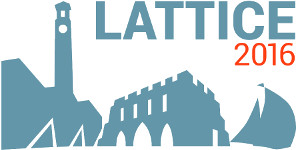Speaker
Masanori Hanada
(Kyoto U, Stanford U)
Description
We argue that a small, quantum black hole can be made from atoms and lasers.
The holographic principle claims that the quantum gravitational systems, e.g. superstring theory, is equivalent to non-gravitational quantum systems, e,g. super Yang-Mills theory. Here the 'equivalence' means two theories cannot be distinguished even in principle. Therefore, if the holographic principle is true, then by engineering the non-gravitational systems by using an optical lattice, one can create actual quantum black holes.
In this presentation, we consider the simplest example: the Sachdev-Ye-Kitaev (SYK) model.
We design a an experimental scheme for creating the SYK model with use of ultra-cold fermionic atoms.
This presentation is based on a paper "Creating and probing the Sachdev-Ye-Kitaev model with ultracold gases: Towards experimental studies of quantum gravity," arXiv:1606.02454 with Ippei Danshita (Yukawa Institute for Theoretical Physics, Kyoto University) and Masaki Tezuka (Deptartment of Physics, Kyoto University).
Author
Masanori Hanada
(Kyoto U, Stanford U)
Co-authors
Ippei Danshita
(Yukawa Institute for Theoretical Physics, Kyoto University)
Masaki Tezuka
(Department of Physics, Kyoto University)

